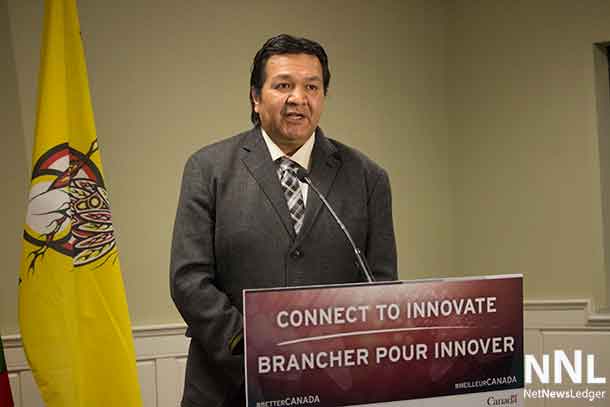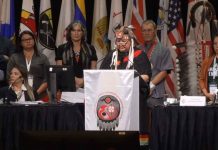
Eighteen months after the release of the phase one decision regarding the Robinson-Huron Treaty annuity case, Madam Justice Hennessy released her decision concerning Phase 2 of the case. Justice Hennessy again encourages settlement:
“Everyone would agree that resolution, in this case, is a laudable goal and one that must be encouraged at every stage of the litigation.”
“Resolution and reconciliation have been our objective from day one when we initiated the lawsuit almost 6 years ago” said Chief Duke Peltier. The encouragement for settlement was clearly expressed by Justice Hennessy in the Phase 1 decision.
I find that the Crown has a mandatory and reviewable obligation to increase the Treaties’ annuities when the economic circumstances warrant. The economic circumstances will trigger an increase to the annuities if the net Crown resource-based revenues permit the Crown to increase the annuities without incurring a loss. The principle of the honour of the Crown and the doctrine of fiduciary duty impose on the Crown the obligation to diligently implement the Treaties’ promise to achieve their purpose (i.e. of reflecting the value of the territories in the annuities) and other related justiciable duties.
and
The Anishinaabe and the Crown now have an opportunity to determine what role those historic promises will play in shaping their modern treaty relationship. The pressures they faced in 1850 will continue to challenge them. However, in 1850 the Crown and the Anishinaabe shared a vision that the Anishinaabe and the settler society could continue to co-exist in a mutually respectful and beneficial relationship going into the future. Today, we arrive at that point in the relationship again. It is therefore incumbent on the parties to renew their treaty relationship now and in the future.
The action was brought against the Crown in right of Canada and the Crown in right of Ontario regarding the Crown’s failure to honour promises made in their longstanding Treaty relationship with the Lake Huron Anishinabe that dates back to the Royal




